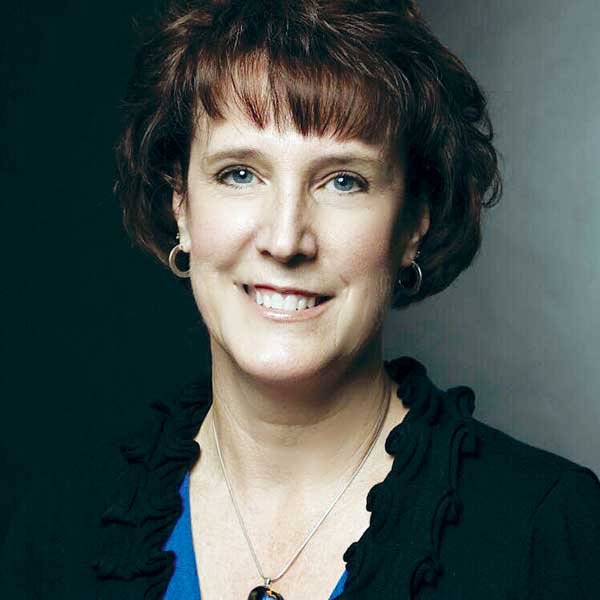
She sat across from me with her shoulders slumped. Her voice held the deep fatigue that was visible in her eyes. “There is just so much coming at us. We are trying to improve our quality scores, our experience scores, our financial performance, frankly our everything.”
She quietly put her coffee cup down and stated, “It is raining change and I need a very large umbrella.”

The continuum of healthcare is under tremendous change and leaders in the sector of long-term care are feeling it even more. As one administrator said to me, “I just do not know how … how to change our business models, how to change our clinical outcomes, and the deeper question how do we sustain the work?”
Culture many times feels nebulous to leaders. One leader described culture similar to goo that oozes through your fingers as you try to form and contain it. That certainly makes looking at cultural change as an almost impossible leadership action.
I don’t look at cultural change as goo that oozes, but I do see it as difficult if you do not know your current culture. I like to think about culture in the following way: “Culture is what is said and done on a daily basis.” Simply put, your culture is exactly what is happening in front of you.
The work of sustainability cannot be isolated from the organizations deeply embedded culturally influenced behaviors. Yet, many times I find the absence of such consideration. I also have found that leaders have one view of their organizations culture and many times it varies from how employees would describe the environment.
Let me give you an example. I was working with a leader who when I asked him to describe the culture of the organization, he described it as committed to excellence and quality. I had been asked to assist them in advancing their quality scores. The leader felt that they were stuck and wanted some help to get them unstuck.
I asked to be a mystery observer and just take in what happened on a daily basis. I watched as employees refused to help each other. I watched a supervisor roll her eyes when an employee asked a question. I observed one very creative employee hide supplies to ensure that those she was accountable for received the care she wanted to give with the right supplies. When I asked her why she hid the supplies, she stated that they were allotted only so much per shift and sometimes the count is wrong and they have to make do with what was available.
You might think that would not happen in your organization. Are you sure? What was discussed daily was financial containment. One supervisor made the decision to ration the supplies to contain costs. The supervisor who rolled her eyes, rolled them because the employee was asking for more staff to help with the higher acuity of care. She felt that she couldn’t advocate for extra help and was frustrated.
Lastly, the employees who refused to help each other acknowledged they wanted to help, but didn’t want to get into trouble for not getting their own work done by the end of their shift. Overtime was being watched closely and reprimands issued for those who were deemed as not meeting productivity standards.
Exploring further, the quality goals and achievements were posted on a bulletin board in the staff lounge. It was right next to a posting for a potluck next Friday night. Quality was only brought up in spurts and surrounded with other topics.
Cultural change is not something done in a meeting. It is intentional, it is strategic and it is the only way to sustain performance. An exercise that I like to use when working with teams on defining desired values, behaviors and transformation is called, The Novel Approach.
The Novel Approach
You are writing a novel about your organization. You have contributing authors (your employees) who enrich the story. They will start the novel by them telling you the beginning, or setting. This is your current culture. Do not reshape the story through your lens. Allow them to color fully the story, giving full disclosure of what is truth, mythology and urban legends.
The same contributing authors will work with you on defining the ending of the novel. This is where you and the team work together to define what do you want your culture to be in the future.
Now it is time to write the roadmap to achieve your ending. Let’s say if your goal is the best place to provide and receive care, what are the behaviors by all that will need to be consistently done everyday to make that ending truth? What changes need to be made in the decisions, language and actions of leaders and all to assure that the old culture doesn’t become a stronger influencer of the desired changes? When old culture emerges, name it and reframe the expected behaviors and focus of the organization.
Cultural change must be intentional, focused and deliberate to achieve the impact and sustainability desired to face the rain of change being seen today.
Martie L. Moore, MAOM, RN, CPHQ, has been an executive healthcare leader for more than 20 years. She has served on advisory boards for the National Pressure Ulcer Advisory Panel and the American Nurses Association, and she currently serves on the Dean’s Advisory Board at the University of Central Florida College of Nursing. She recently was honored by Saint’s Martin’s University with an honorary doctorate degree for her service and accomplishments in advancing healthcare.





